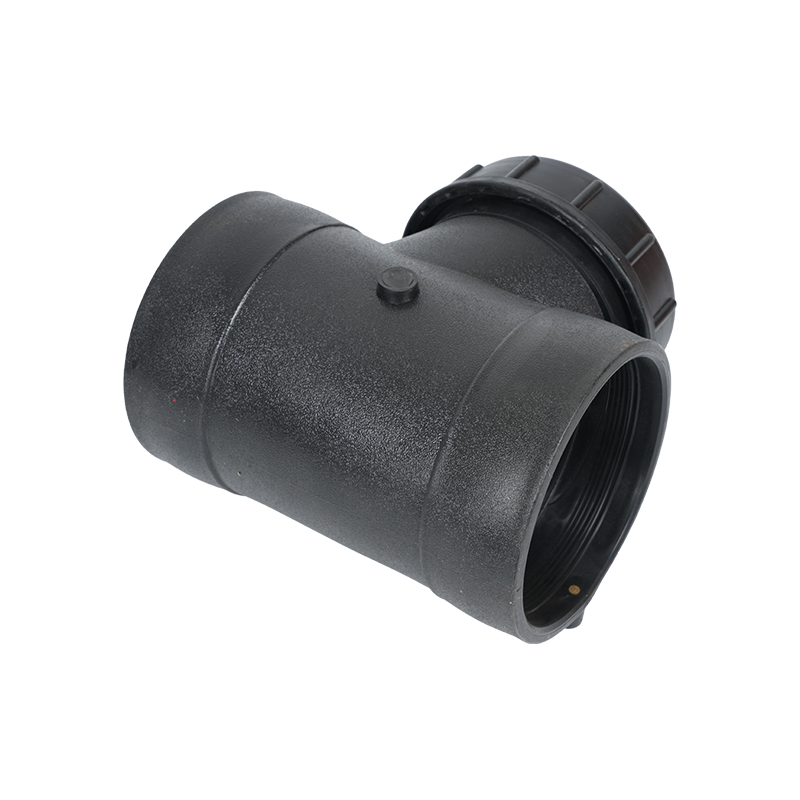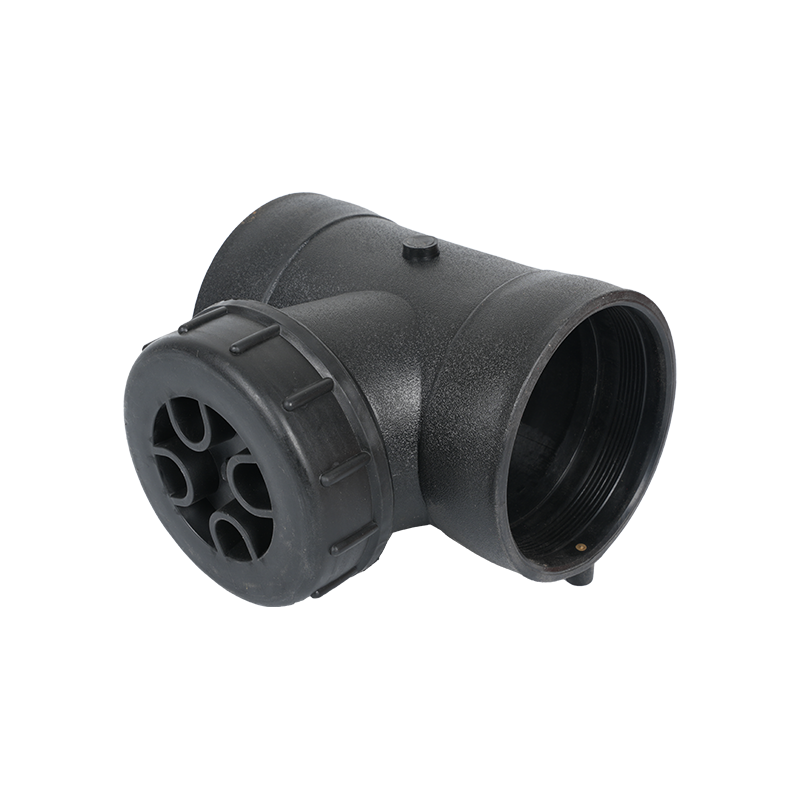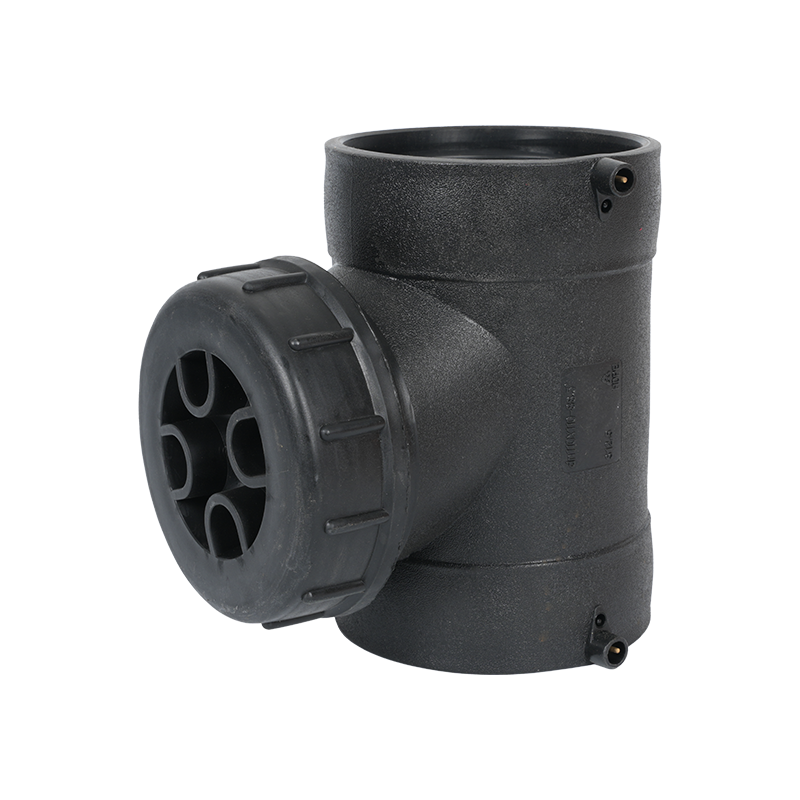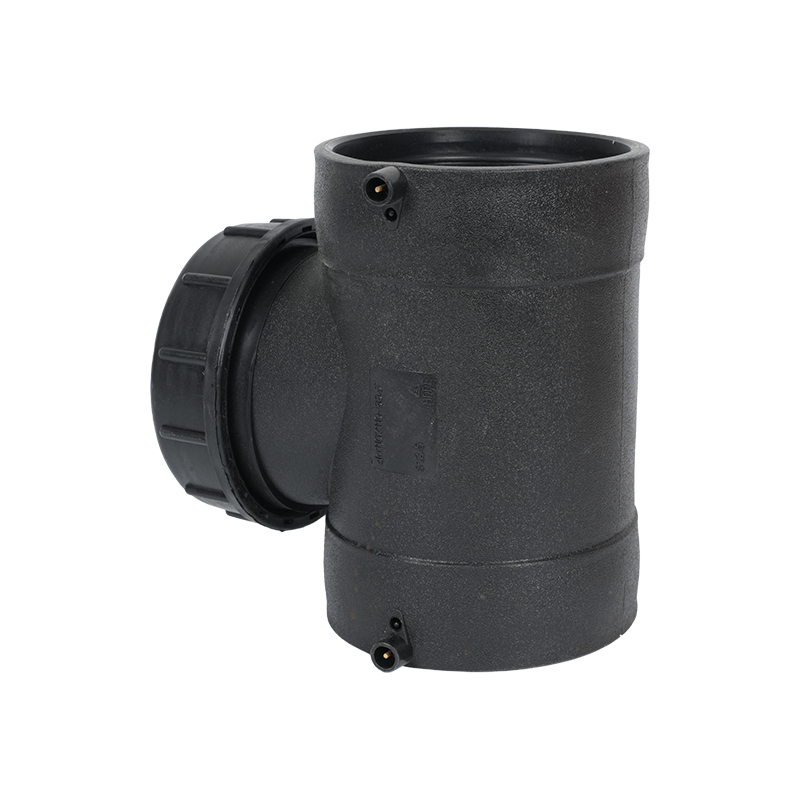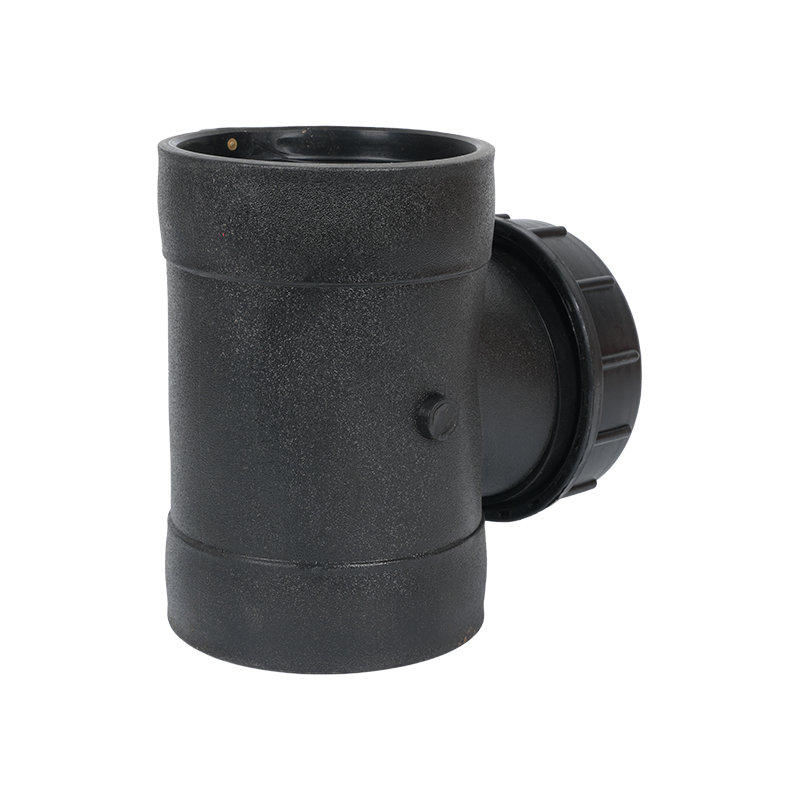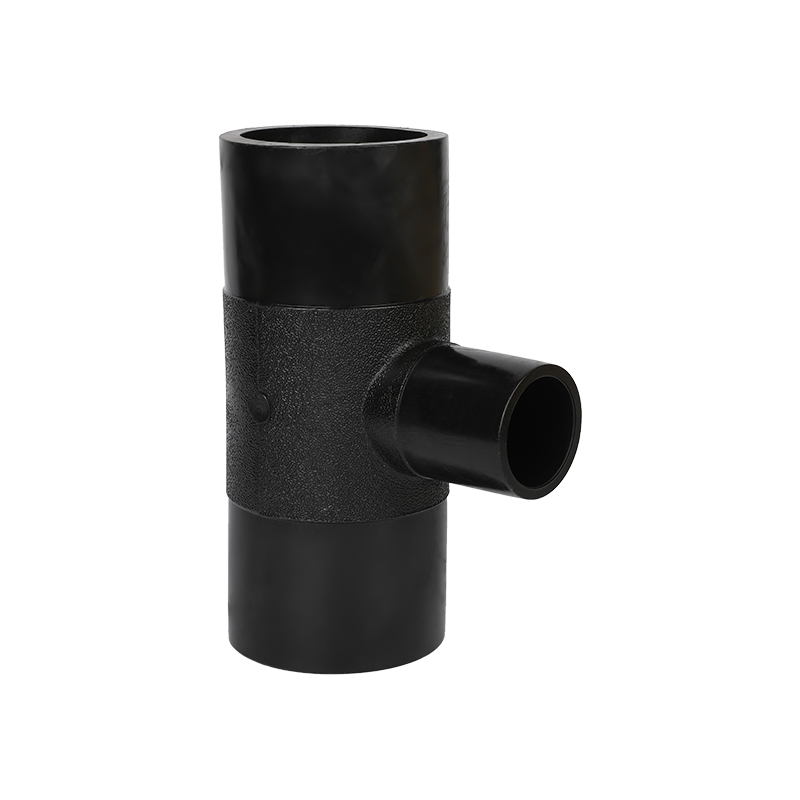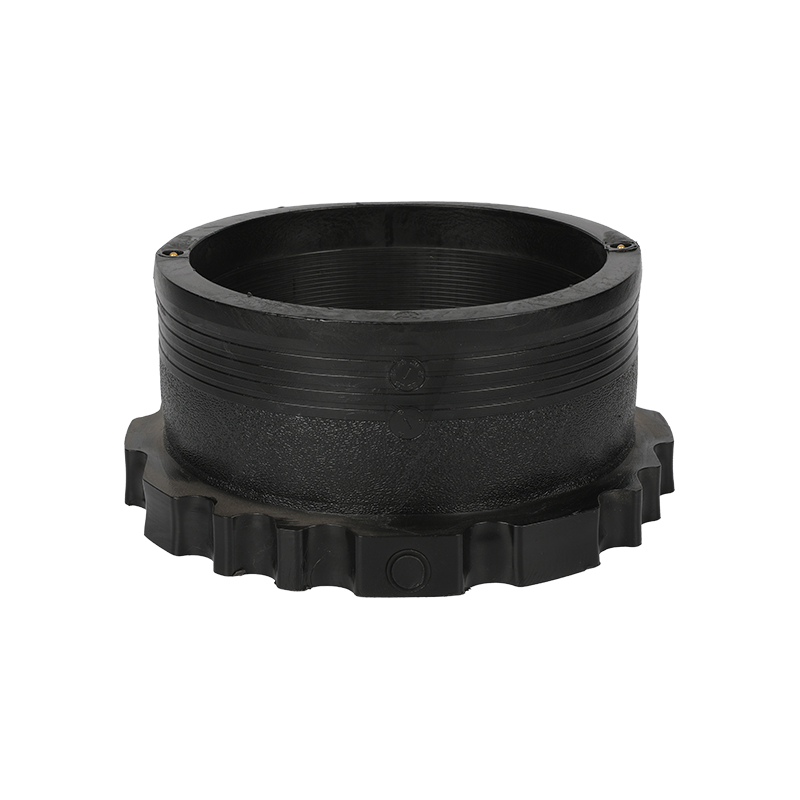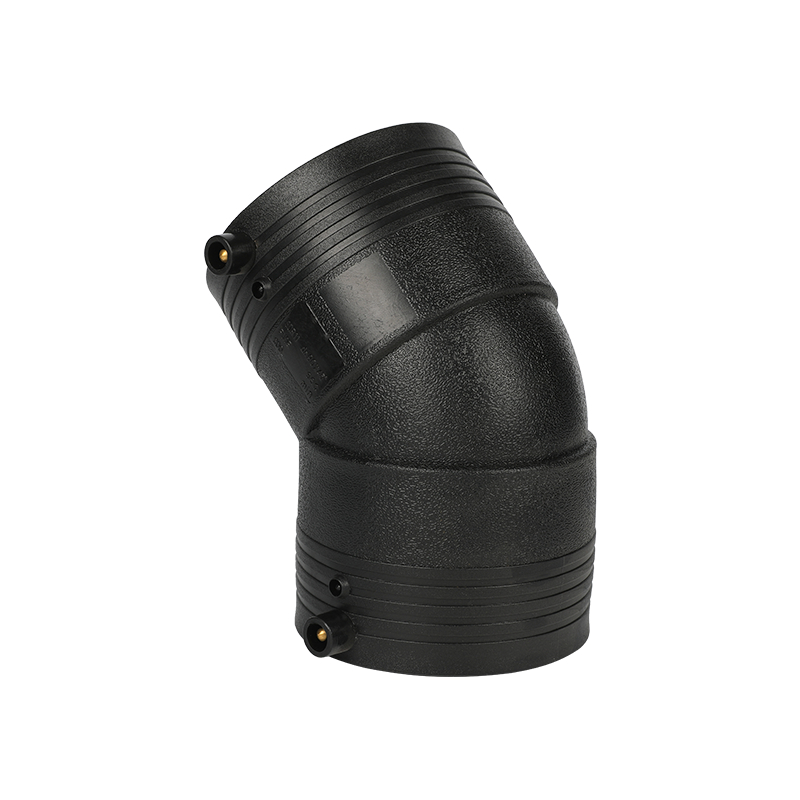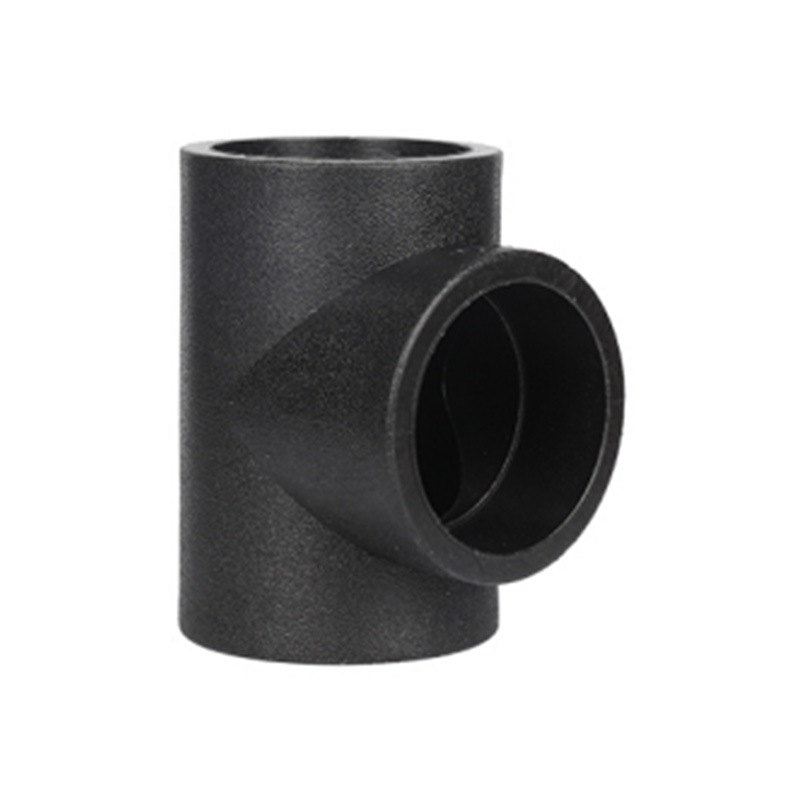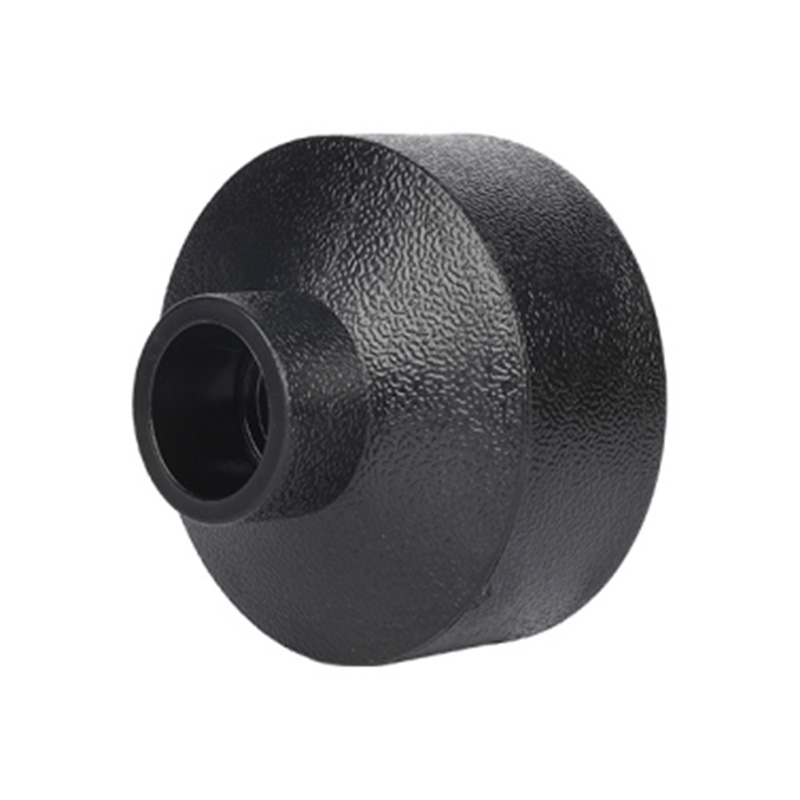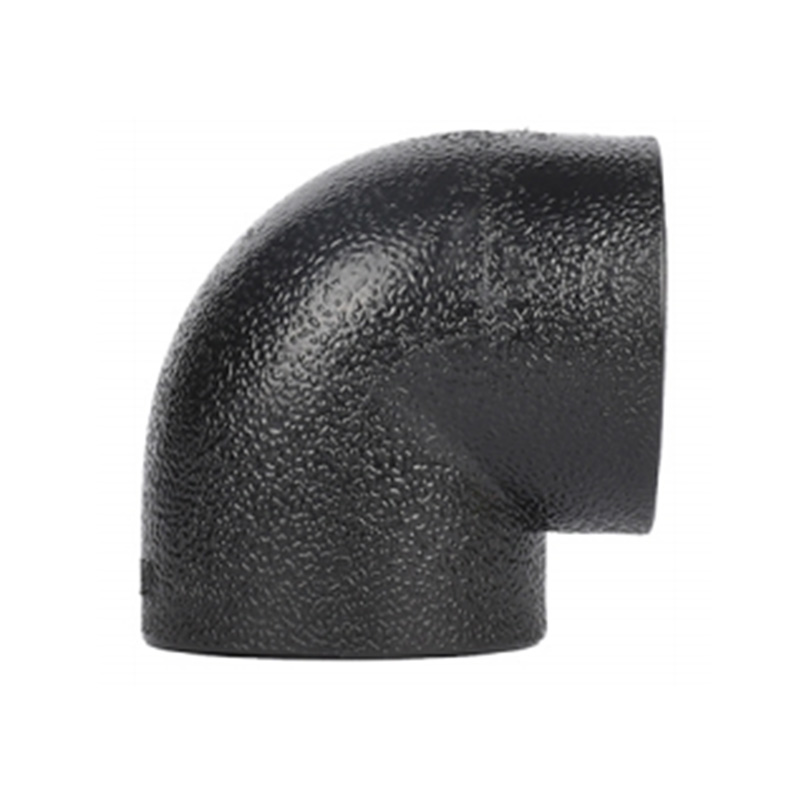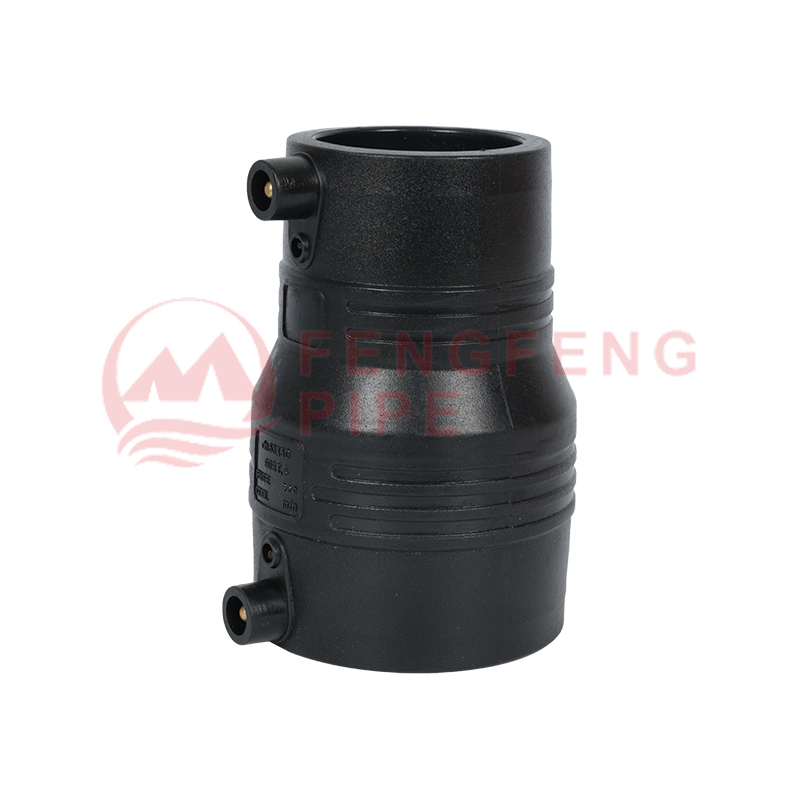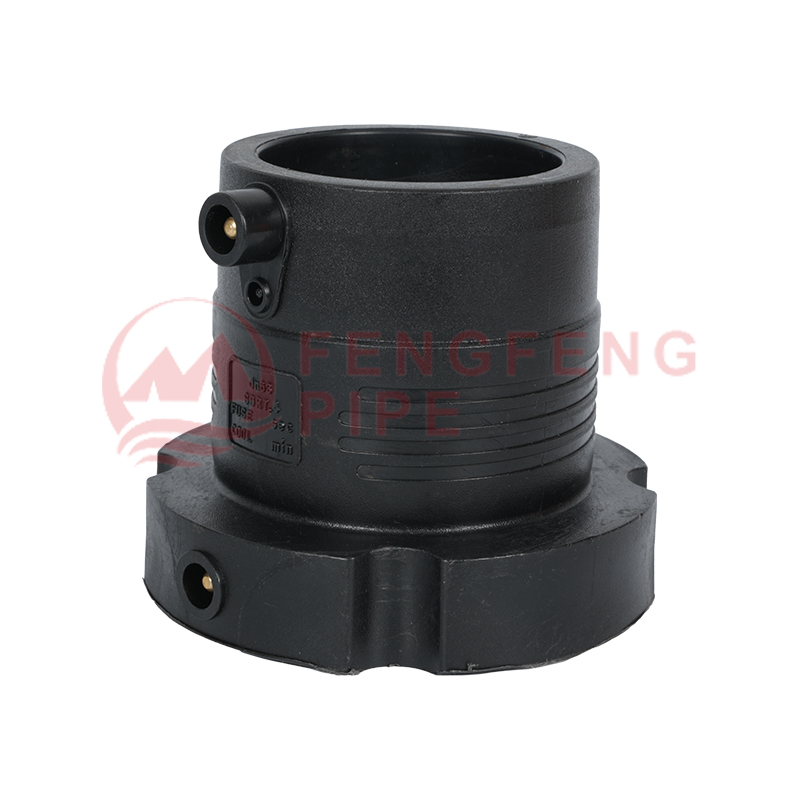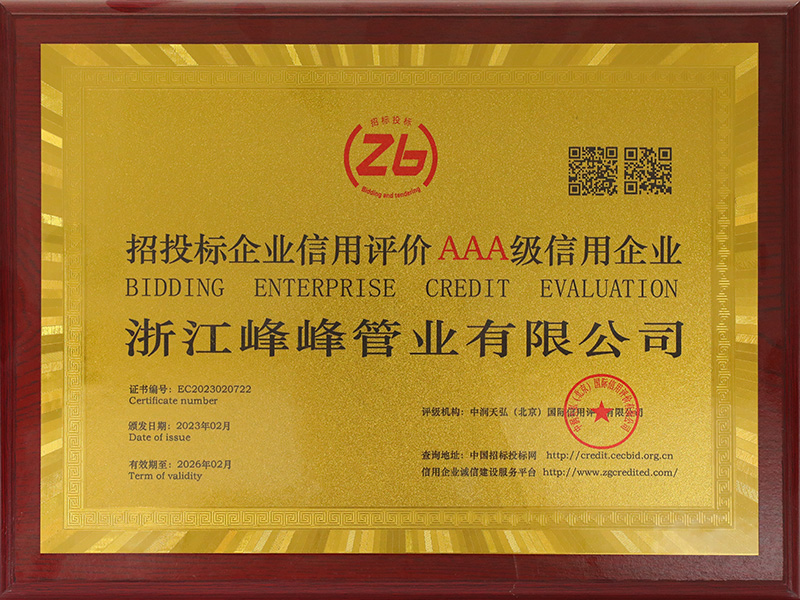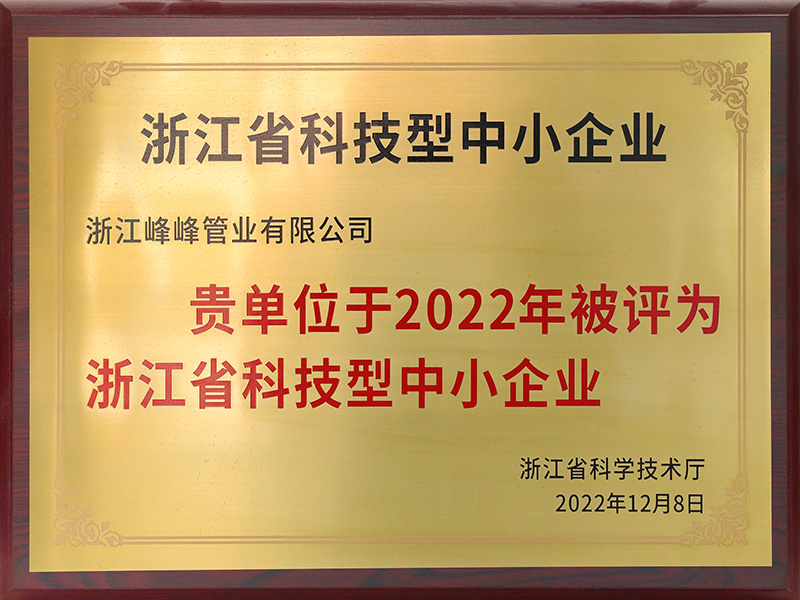HDPE Electrofusion Clean Out Branch
HDPE Electrofusion Clean Out Branch is a high-performance plastic pipe fitting widely recognized for its pressure resistance, corrosion resistance, and easy installation.

Technical Characteristics
This product is made of high-quality HDPE (high-density polyethylene) raw materials, with good pressure resistance wear resistance, and long service life. HDPE material has better corrosion resistance and can effectively resist corrosion from bacteria and industrial chemicals. It is suitable for various harsh environments. It can maintain better performance under various complex working conditions and provide users with reliable protection.
It is installed using an electrofusion connection without the use of special tools, which is easy to install and reduces construction difficulty and cost. This connection method can ensure the firmness of the pipeline connection, avoid problems such as water leakage, and ensure the smooth operation of the pipeline system.
HDPE Electrofusion Clean Out Branch has better impact resistance and can still maintain good toughness in low-temperature environments. Even in harsh working environments, it can maintain better performance and effectively avoid pipeline damage due to external forces.
This product is available in a variety of specifications to meet different engineering needs. Whether it is a small or large project, you can find suitable specifications to provide users with more choices.
Specifications
| SPECIMICATION |
| 50 |
| 75 |
| 110 |
| 125 |
| 160 |
| 200 |
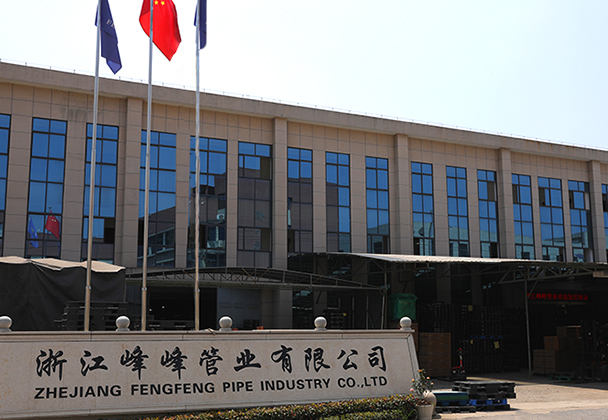
-
HDPE (high-density polyethylene) pipe is widely used in municipal water supply, gas distribution, and industrial piping systems due to its corrosion resistance, pressure resistance, and long service l...
READ MORE -
HDPE (high-density polyethylene) pipes are widely used in municipal water supply, natural gas transmission, and industrial pipeline systems due to their corrosion resistance, pressure resistance, exce...
READ MORE -
HDPE SOCKET FUSION FITTING is an essential joining technique in polyethylene pipeline engineering. The applicable diameter range is not an arbitrary fixed value. This range is professionally determine...
READ MORE
KEEP IN TOUCH


